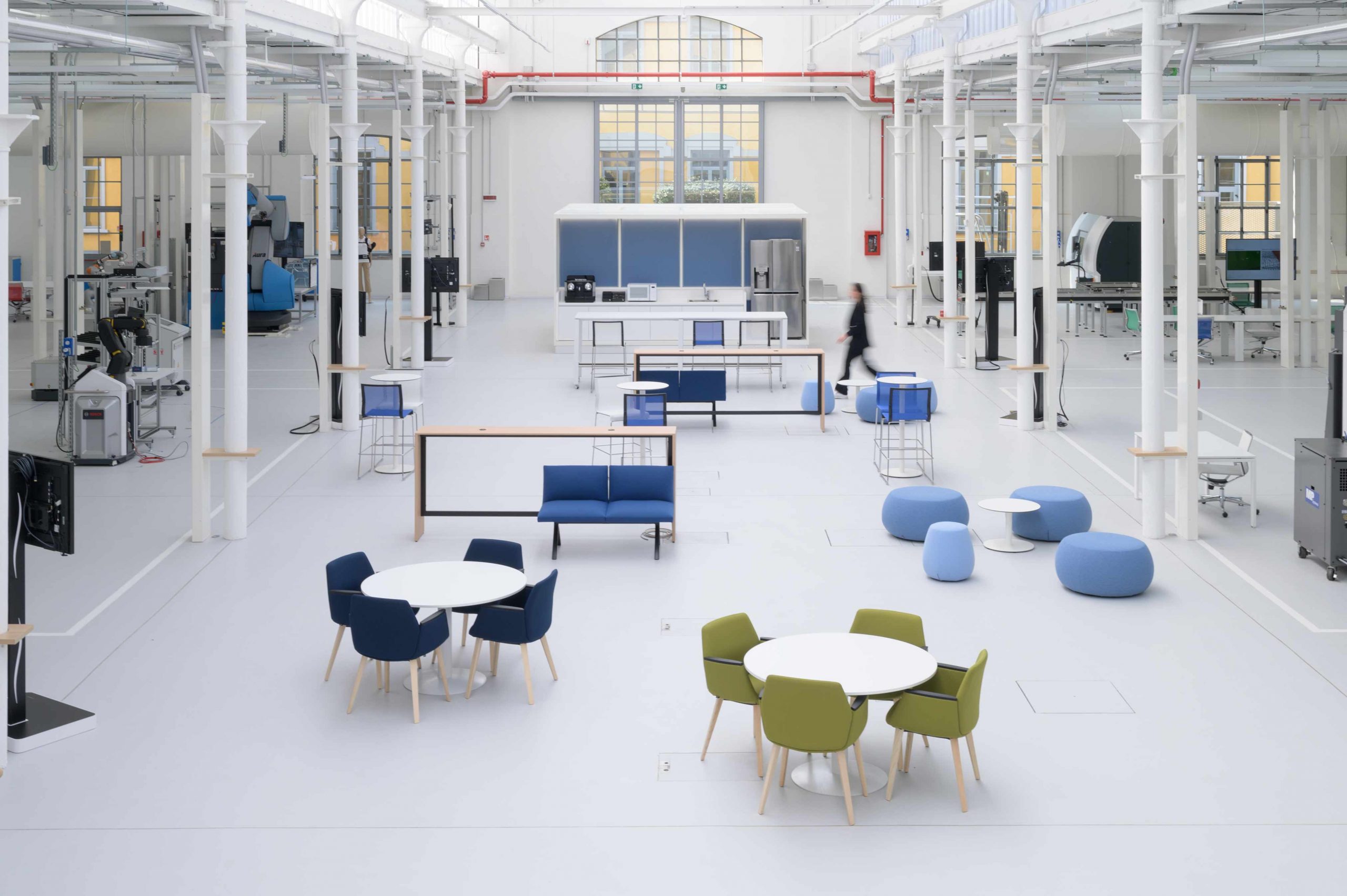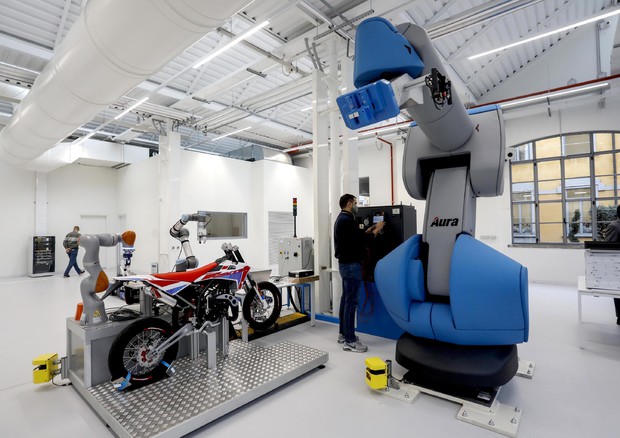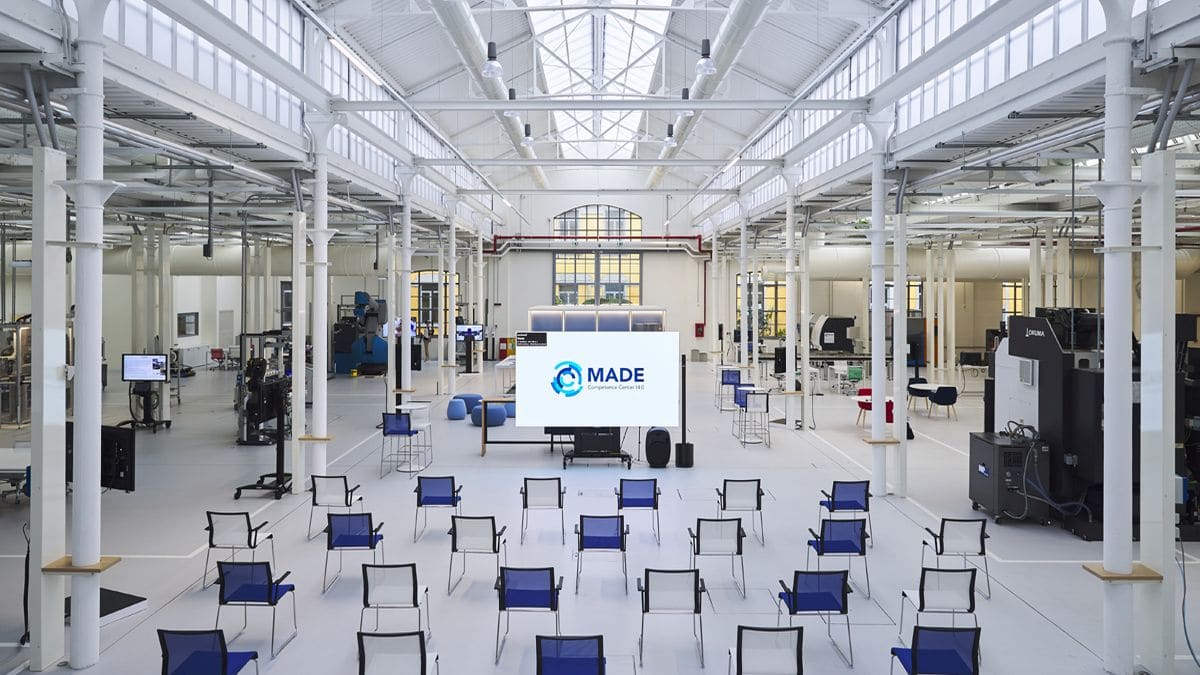MADE is a development hub for applied research and technology transfer projects. It is also a ‘demo center’ where you can experience first-hand the state-of-the-art technologies in the manufacturing industry. Walking around its 2500 m2 of conveyor belts, mechanical arms and sensors, you almost get the impression of being in a factory in the future; in reality, the future we imagine is already here.



Led by the Politecnico di Milano, MADE brings together 4 universities (in addition to the Poli, the Universities of Bergamo, Brescia and Pavia), INAIL and 43 companies (all partners here) in the Lombardy region. It merges the very latest methods, tools and knowledge on digital technologies: from design to engineering; from managing production to the end of the product life cycle. Each of the partners brings to MADE a demo of their technology, showing the potential unleashed when exponential technologies meet operation technology and more.

Designed pre-pandemic and inaugurated at the end of 2020, today MADE returns to hold a space in public discourse. Why? We talked about it with Stefano Rebattoni, Alumnus Management, Economics and Industrial Engineering and Managing Director of IBM Italia, one of the founding partners of the competence center.
“MADE is a place to show SMEs, industrial groups, innovative start-ups and incubators what can be achieved by rethinking factories in terms of collaboration between information technology and operation technology. It was created in Lombardy, a region home to universities of excellence and a strong entrepreneurial fabric, to create a system among these leading players and to drive development in the surrounding area. The PNRR [TN: National Recovery and Resilience Plan] today gives us the great opportunity to take all this to a different scale; no longer regional and local but national. This means more employment and rapid development: it improves the competitiveness of the entire Italian manufacturing sector. Which, I would like to clarify, already holds a very significant position today: it is the second in order of importance at European level, with a strong proportion of SMEs, the backbone of the country's economic system.”
Not only for Italy, but for the whole world, rethinking manufacturing means first of all having to deal urgently with cyber security and energy efficiency. “These were important issues when we thought of MADE; today they have become an emergency,” says Rebattoni. We also work on other things, such as the cloud, a prerequisite for a more open, safe and efficient factory concept.

A few examples? “Like IBM, we are working with MADE on several projects. I will mention a few: On the cyber security side: through the use of the QRadar platform, we can monitor access to resources and identify in advance suspicious behaviours that need to be intercepted before damage to the systems or data theft occurs. On quality control, we are developing a system of sensors that collect images throughout the production cycle. This data is then used by artificial intelligence models to identify manufacturing defects and train machines to eliminate them. On the energy front, we are working with Icopower on a system capable of monitoring the the energy consumption of large industrial machinery,, detecting extraordinary behaviours compared to expected averages and normalizing the load and energy consumption profiles.”
The fact that industrial groups, institutions and companies around the world are now closely linked to each other is something we can read every day in the headlines of all the newspapers. What are the hidden critical issues in an increasingly integrated system?
“The risks are always proportional to the opportunities.We are moving towards an economy of digital platforms; data are distributed, infrastructures must be able to communicate. The opportunities are scalability and flexibility; the risks are above all related to the issue of cyber security (for example data governance), the updating of infrastructures, which must be resilient and able to manage increasingly unpredictable loads. And then there are investments in skills: without adequate professional training, we will not be able to seize all the opportunities that technological innovation offers us today.”
Credits home: Digital4
Credits header: Ashtart Consultancy